20+ Years Experience
Specialist EICR Testing

Enquire Today For A Free No Obligation Quote
An Electrical Installation Condition Report (EICR) plays a crucial role in ensuring the safety and compliance of electrical installations. Let’s delve into the world of EICRs and understand their definition and purpose.
We’ll also explore how these reports thoroughly check the integrity of electrical installations, identify any damage to sockets and switches, and most importantly, ensure compliance with regulations and safety standards.
As we dive into each aspect, we’ll uncover the significance and importance behind conducting a comprehensive EICR.
An Electrical Installation Condition Report (EICR) is a crucial component in ensuring electrical safety. It serves as an evaluation tool to assess the condition and integrity of an electrical installation within a property.
The purpose of an EICR is to identify any potential hazards, faults, or damages that may pose a risk to the safety of occupants or the property itself.
Through thorough inspection and testing, it ensures compliance with regulations and safety standards set forth by the industry.
By obtaining an EICR, property owners can mitigate risks and prioritise the safety of their tenants and property.
To ensure the quality and safety of the electrical installation, it is important to assess the integrity of the system. This involves examining various aspects of the installation to identify any potential issues or damage that may compromise its functionality and reliability.
Here is a guide for checking the integrity of the electrical installation:
These steps provide a comprehensive approach to checking the integrity of an electrical installation, helping ensure its safety and compliance with established standards.
It is essential to address credential details properly while conducting inspections to avoid any discrepancies or misinterpretations during future assessments.
To effectively conduct this assessment, professional inspection companies must keep up-to-date on current codes and regulations, receive proper training, and possess relevant industry certifications.
By following these steps, landlords can ensure the electrical installation is in compliance with safety standards and minimize the risk of potential hazards or accidents.
Additionally, regular inspections help identify any necessary repairs or improvements to maintain a safe environment for tenants.
An essential aspect of electrical safety in property management is the ability to detect any potential damage to sockets and switches.
This involves identifying any faults or defects that may compromise the integrity of the electrical installation and pose a safety hazard.
By promptly recognising such issues, property managers ensure that necessary repairs or replacements can be carried out, minimizing the risk of electrical accidents and ensuring compliance with regulations.
To effectively identify damage to sockets and switches, property managers can follow a guide:
By following these steps, property managers can effectively identify any damage or faults present in sockets and switches within a property.
This proactive approach ensures not only the safety of tenants but also demonstrates compliance with regulatory requirements.
Ensuring adherence to regulations and safety protocols compliance with electrical regulations and safety standards is of utmost importance in property management.
It ensures the safety of occupants and helps prevent electrical hazards. Here are some points to ensure adherence:
We believe it’s essential to prioritise electrical safety in property management. To ensure a safe living environment, understanding the Electrical Safety Standards in the Private Sector (England) Regulations is crucial.
These regulations, introduced to protect both landlords and tenants, outline the requirements for regular Electrical Installation Condition Reports (EICRs).
These reports offer a comprehensive assessment of the electrical installations within a property.
By delving into the specifics of these regulations, we can comprehend the significance of complying with the safety standards and maintaining the well-being of all parties involved.
Understanding the regulations regarding electrical safety in the private sector is crucial for property management.
The Electrical Safety Standards in the Private Sector (England) Regulations 2020 outline the requirements and responsibilities for landlords to ensure the safety of their properties.
Local authorities play a role in enforcing these regulations, and non-compliance can result in fines and penalties. Recent cases have highlighted the consequences of failing to issue an Electrical Installation Condition Report (EICR) certificate.
EICRs are essential documents that assess the integrity of electrical installations, identify damage, and ensure compliance with safety standards.
Qualified and competent professionals conduct these inspections, and finding someone through competent person schemes is recommended.
Landlords have various compliance requirements under the regulations and must complete necessary remedial work within specified timelines.
If an EICR report is unsatisfactory, prompt action should be taken to address any issues identified. Obtaining written confirmation from electrical professionals for follow-up work is advisable.
The regulations regarding electrical safety standards in the private rented sector (England) have undergone significant changes with the implementation of the Electrical Safety Standards in the Private Sector (England) Regulations 2020.
These regulations aim to ensure the safety of tenants by requiring landlords to meet certain electrical safety standards in their properties. Failure to comply with these regulations can result in fines and penalties for landlords.
An essential aspect of these regulations is the requirement for landlords to obtain an Electrical Installation Condition Report (EICR) for their properties.
This report serves as a comprehensive inspection of the electrical installation, checking its integrity and identifying any damage to sockets and switches. It also ensures that the property complies with all necessary regulations and safety standards.
To conduct these inspections, it is crucial for landlords to engage qualified and competent professionals who have the necessary qualifications and experience.
The responsibilities placed on landlords include reporting requirements and obligations, completing any remedial or investigative work within specified timelines highlighted in the EICR report.
It is essential for landlords to address any unsatisfactory findings in a timely manner and obtain written confirmation from electrical professionals regarding follow-up work.
Ensuring compliance with the Electrical Safety Standards in the Private Rented Sector Regulations 2020 is of utmost importance for landlords.
Non-compliance can lead to severe consequences such as fines and penalties, along with potential harm to tenants due to unsafe electrical installations.
By prioritising electrical safety, landlords can create a safe living environment for their tenants while avoiding legal issues and financial liabilities.
Local authorities play a crucial role in upholding and enforcing the regulations surrounding electrical safety.
Their responsibility lies in ensuring that landlords comply with the Electrical Safety Standards in the Private Rented Sector (England) Regulations 2020.
By actively monitoring and inspecting properties, local authorities help maintain a safe living environment for tenants.
These regulatory bodies have the power to conduct regular inspections of rental properties to ensure they meet the required electrical safety standards.
They have the authority to request evidence of an Electrical Installation Condition Report (EICR) from landlords, which assesses the condition of the electrical installation in a property.
If non-compliance is discovered during an inspection, local authorities can enforce penalties and fines on landlords.
Furthermore, local authorities are responsible for addressing any reported cases of non-compliance with these regulations.
They investigate complaints from tenants regarding electrical safety issues and take appropriate action against landlords who fail to meet their responsibilities.
This ensures that tenants are protected from potential hazards or risks associated with faulty or inadequate electrical systems.
Landlords who don’t comply with electrical safety standards can expect a shocking amount of fines and penalties.
The repercussions of failing to adhere to electrical safety standards can result in financial penalties and other consequences for landlords. This includes the enforcement of fines and penalties by local authorities.
Non-compliance with regulations, such as the failure to issue an Electrical Installation Condition Report (EICR) certificate, can lead to significant financial implications.
It is crucial for landlords to understand and fulfil their obligations to avoid these fines.
It is important for landlords to understand that non-compliance with electrical safety standards can have long-lasting effects.
These effects go beyond just financial penalties. They may affect a landlord’s reputation and ability to attract tenants in the future.
To maintain compliance, it is recommended that landlords regularly engage qualified and competent professionals to conduct EICR inspections.
By addressing any identified issues promptly and ensuring all necessary remedial work is completed within specified timelines, landlords can mitigate risks of non-compliance and protect both their properties and tenants’ safety.
Being familiar with the qualifications and experience necessary for electrical inspectors is vital when it comes to conducting thorough and accurate inspections. It ensures the safety and reliability of electrical installations.
Qualified and experienced individuals play a crucial role in ensuring the safety of electrical installations. When it comes to understanding the qualifications and experience required for inspectors, there are several key points to consider:
It is important to note that finding inspectors with the necessary qualifications can be facilitated through competent person schemes.
When faced with an unsatisfactory Electrical Installation Condition Report (EICR), it is crucial to take immediate action to ensure the safety and compliance of the electrical system.
In this section, we will delve into how to address such unsatisfactory reports. We will discuss the necessary action steps that need to be taken when an EICR report is deemed unsatisfactory and the importance of completing the required work within the specified timeframe.
Additionally, we will explore the significance of obtaining written confirmation from electrical professionals for any follow-up work.
Ensuring the integrity of your electrical installation is paramount, and we will guide you through the necessary steps to address any discrepancies identified in the EICR report.
When an EICR report is found to be unsatisfactory, there are important steps that need to be taken to address the issues and ensure electrical safety.
Proper action must be taken promptly to rectify any potential hazards and comply with regulations. Here is a guide to follow when faced with an unsatisfactory EICR report:
It is crucial to address unsatisfactory EICR reports promptly due to potential risks associated with electrical faults or non-compliance with safety standards.
By taking swift action, engaging qualified professionals, developing a comprehensive plan, completing required work promptly, and obtaining written confirmation, landlords can ensure that their properties meet necessary safety requirements while mitigating risks associated with faulty electrical installations.
To ensure electrical safety in property management, one crucial step is carrying out an Electrical Installation Condition Report (EICR).
This report thoroughly examines the electrical systems in a property, identifying any potential faults or hazards. By prioritising this assessment, property managers can effectively mitigate risks and safeguard the well-being of occupants.
By conducting regular EICRs, property managers can identify any electrical issues that may pose a threat to the safety of the property and its inhabitants.
This includes outdated wiring, faulty electrical connections, or inadequate electrical installations.
Prioritising electrical safety ensures that necessary maintenance or repairs can be carried out promptly, reducing the chances of accidents or electrical failures.
Additionally, property managers should be aware of unique details that can impact electrical safety.
This may include understanding the importance of hiring qualified electricians for repairs and installations, ensuring adherence to electrical regulations and standards, and providing sufficient education and training to property occupants on electrical safety practices.
An EICR is important as it ensures that all electrical installations at a property are in safe working order.
It aids compliance with electrical safety standards, protects tenants, building owners, and occupiers, and helps identify and rectify any electrical issues or potential risks.
Electrical inspections for EICRs should be conducted by a qualified and competent person. It is recommended to hire an electrical safety professional who is registered through a competent person scheme.
When commissioning an inspection, landlords should ensure the candidate is suitable by asking about their experience, qualifications, insurance, and if their expertise covers up-to-date regulations.
For homeowners, having an EICR certificate is not a legal requirement. However, it is recommended to have an electrical inspection at least every ten years if the property is privately owned, to ensure the safety and integrity of the electrical installation.

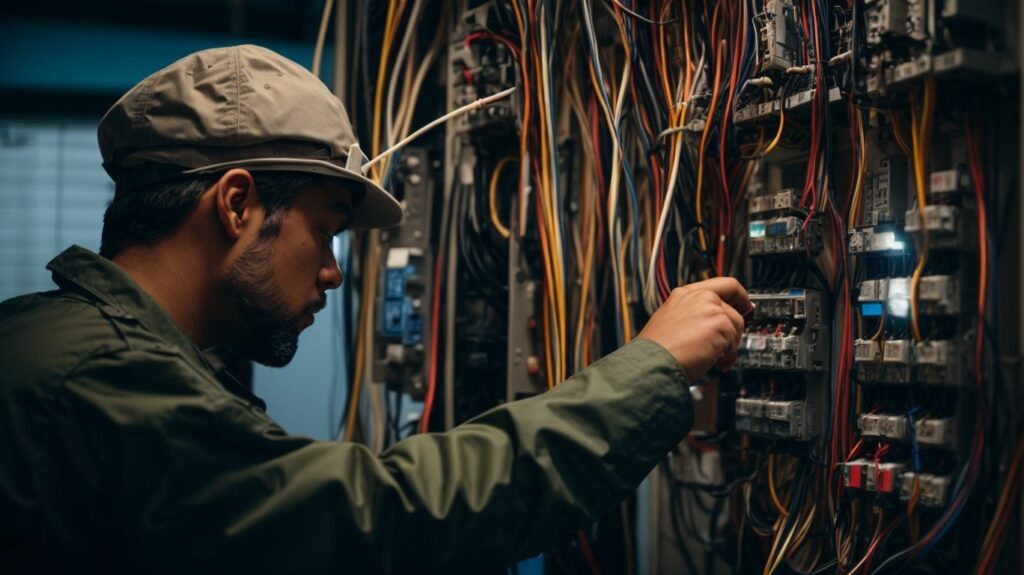



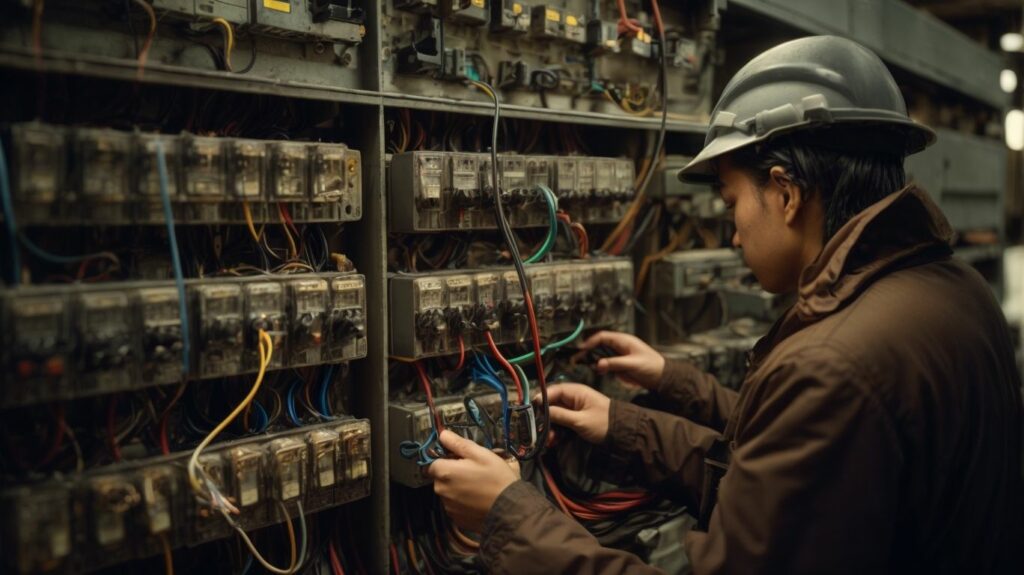
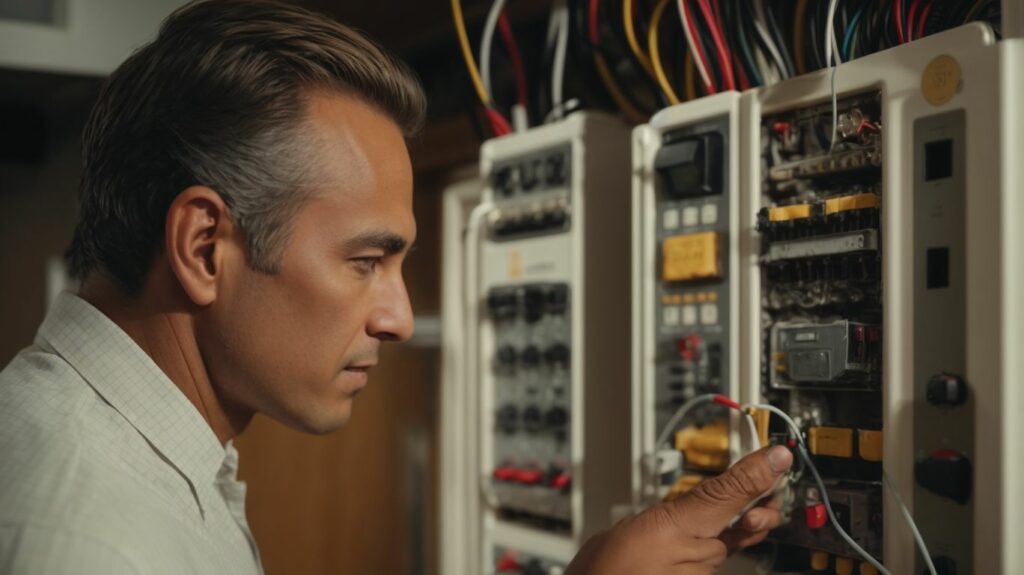






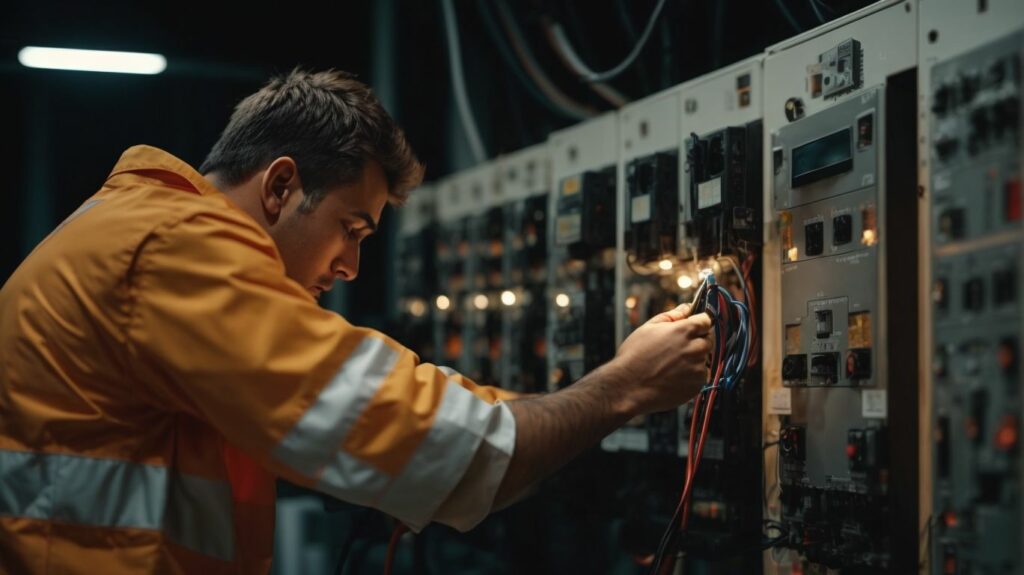
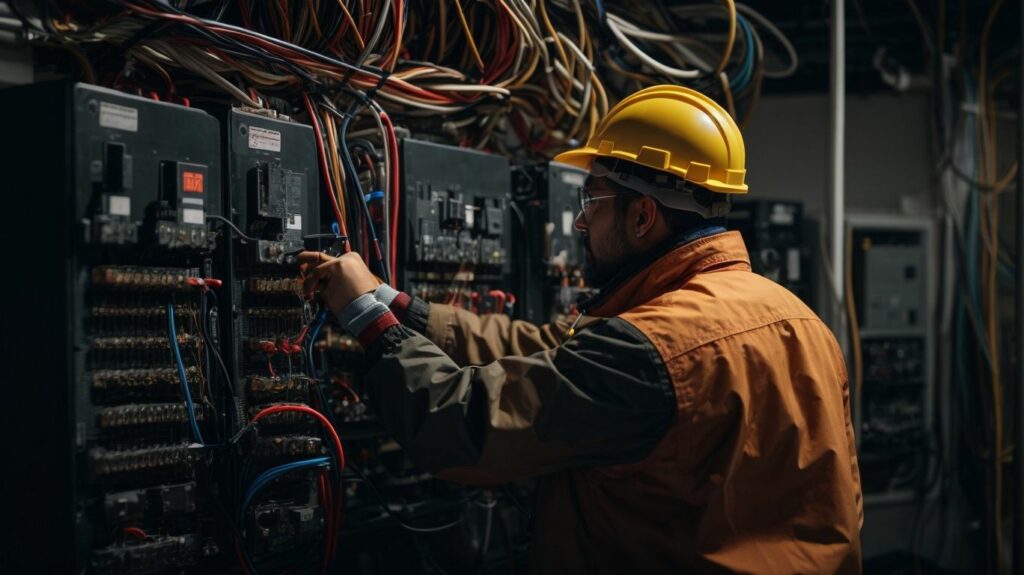
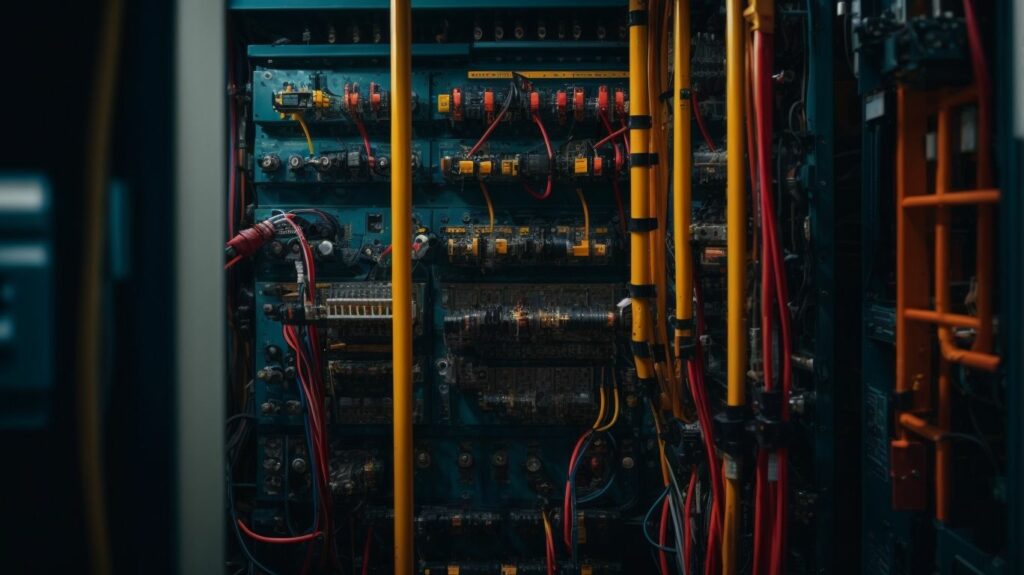


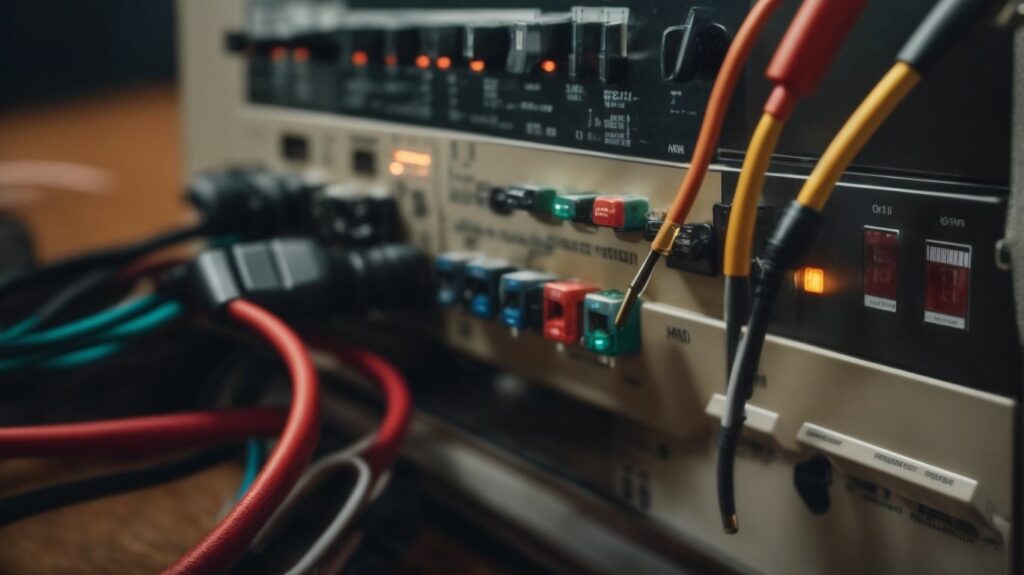
We Aim To Reply To All Enquiries With-in 24-Hours